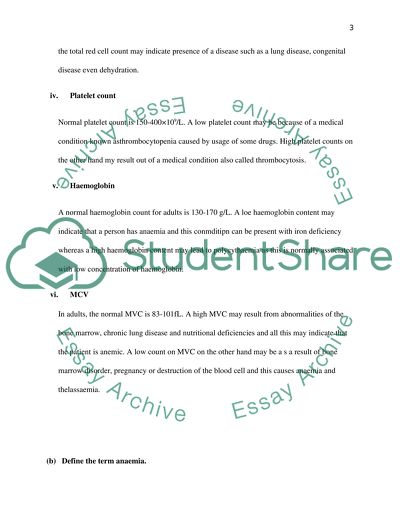Cite this document
(“Haematology Exam Questions Coursework Example | Topics and Well Written Essays - 4500 words”, n.d.)
Retrieved from https://studentshare.org/biology/1393623-more-haematology-module-exam-questions
Retrieved from https://studentshare.org/biology/1393623-more-haematology-module-exam-questions
(Haematology Exam Questions Coursework Example | Topics and Well Written Essays - 4500 Words)
https://studentshare.org/biology/1393623-more-haematology-module-exam-questions.
https://studentshare.org/biology/1393623-more-haematology-module-exam-questions.
“Haematology Exam Questions Coursework Example | Topics and Well Written Essays - 4500 Words”, n.d. https://studentshare.org/biology/1393623-more-haematology-module-exam-questions.


